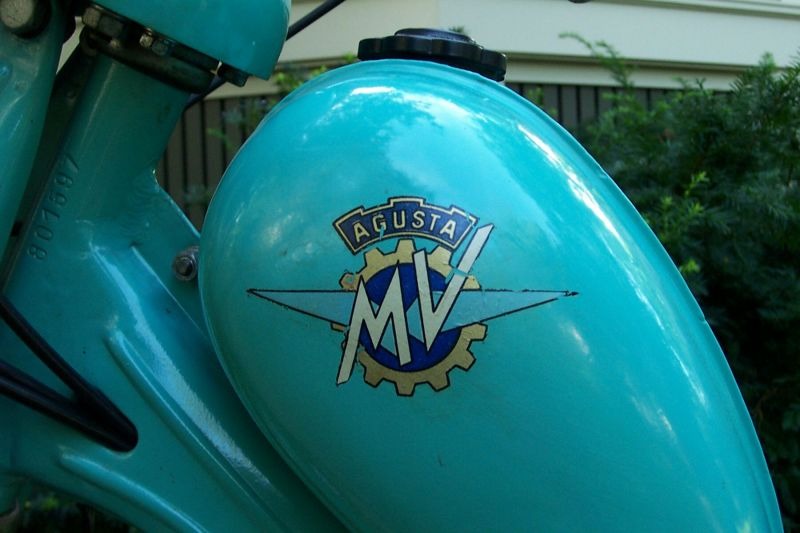Brands That Started Out Making Mopeds
The article explores how several mega brands in the global transportation industry, including Honda, Yamaha, Suzuki, Kawasaki, Puch, Vespa, Peugeot, Tomos, Motobécane, Sachs, Kreidler, Garelli, Jawa, Derbi, BSA, NSU, and Royal Enfield, started out making mopeds. These brands revolutionized the moped industry and transformed the way we commute, making it more affordable, accessible, and eco-friendly.
MOPEDSMOPED CULTURE MV AUGUSTA
Iain Mackay
7/27/20232 min read


Brands That Started Out Making Mopeds
Introduction
Mopeds, the delicate blend of a bicycle and a motorcycle, have propelled numerous brands into mega fame over the past century. These brands not only pioneered the moped industry but also crafted their way towards becoming leaders in the broader transportation industry. This article highlights these titans, their origins in the moped manufacturing, and the significant contributions they've made in revolutionizing our commute.
Japanese Powerhouses: Honda, Yamaha, Suzuki, and Kawasaki
Taking the lead are four Japanese powerhouses, all of which have deeply impacted the world of mopeds. Honda, founded in 1948, has a rich history of producing a variety of vehicles, including mopeds. Yamaha, another titan, introduced mopeds to its diverse line-up of motorcycles in the 1960s, broadening its appeal across different markets. With the likes of Suzuki and Kawasaki both taking their roots from the manufacturing of bicycles and motorcycles, mopeds were a natural progression in their product portfolios. All four brands, embracing innovation and quality, have left a monumental impression on the moped industry.
European Innovators: Puch, Vespa (Piaggio), Peugeot, Tomos, Motobécane, Sachs, Kreidler, Garelli, Jawa, Derbi, BSA, NSU, Royal Enfield
Europe, a cradle of moped manufacturing, birthed numerous brands that left indelible marks on the industry. Starting with Puch and Vespa (a brand under the Italian Piaggio), they not only championed the manufacture of mopeds but also served as iconic symbols of European post-war recovery. Brands like Peugeot, Tomos, and Motobécane swiftly followed, ingraining themselves in the European transportation fabric. The likes of Sachs, Kreidler, Garelli, and Jawa further solidified Europe's stature in the moped market. Derbi, BSA, NSU, and Royal Enfield all joined the fray, each contributing unique designs and technological advancements that helped shape the moped industry into what it is today.
Conclusion
This exploration provides valuable insights into how these mega brands stemmed from creating mopeds and evolved into dominating figures in the global transportation industry. These brands, born in the crucible of the moped era, not only revolutionized the industry but also transformed our commute, making it more affordable, accessible, and eco-friendly. Their history serves as a testament to the timeless appeal of mopeds and a reminder of the significant role these two-wheelers played in shaping transportation.
